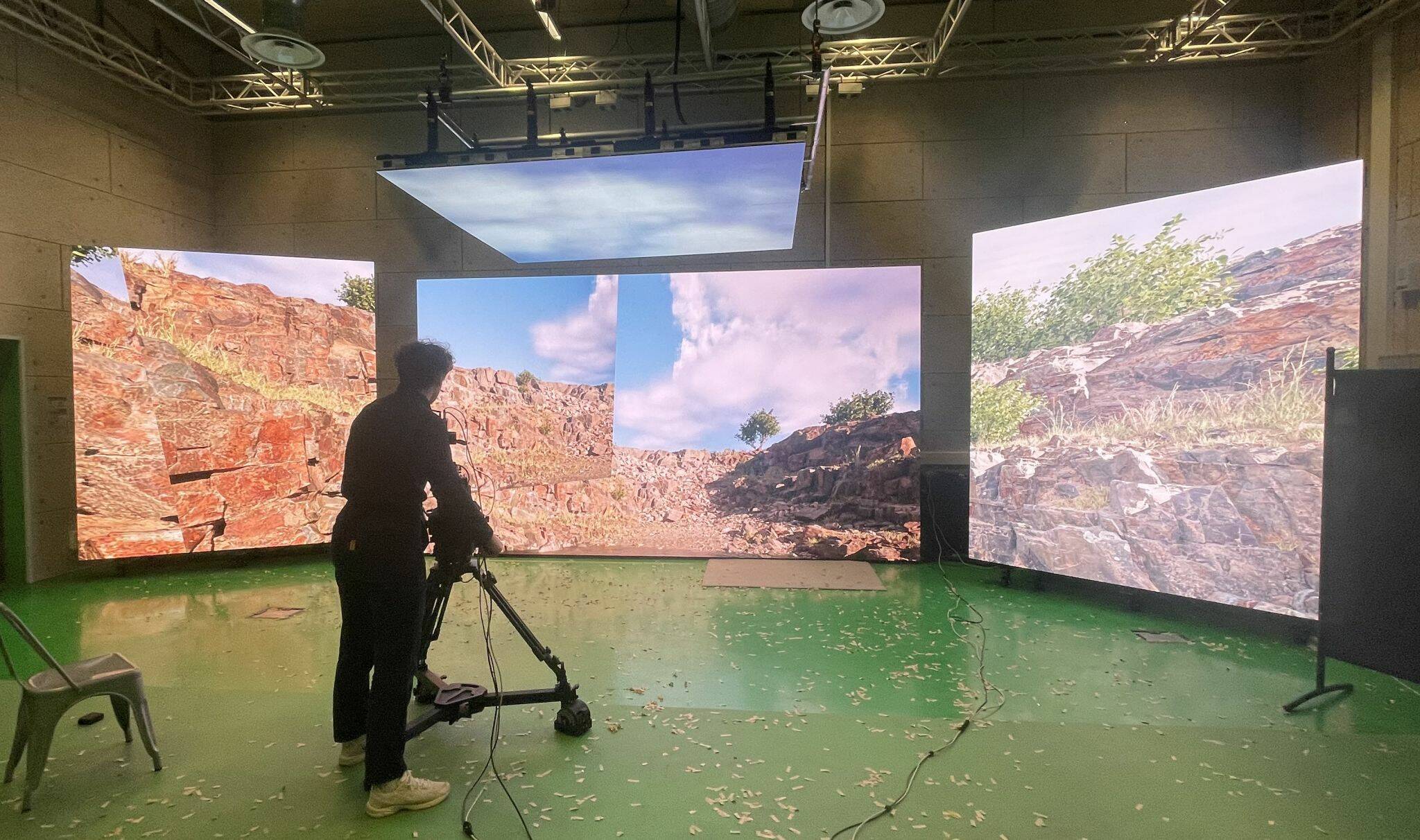Published on 25/04/2025 by Pauline Jaubert
As virtual production (VP) grows, a new professional figure is emerging: the VP supervisor. At the crossroads of technical and artistic direction, this role remains loosely defined, its responsibilities varying from one production to another. Virtual production studios are multiplying, dedicated training courses are being introduced, and the required skills are evolving. But are we truly witnessing the birth of a new profession or is it merely the expansion of existing roles? This article explores the role of a VP supervisor in depth.
Text by Alexia de Mari
A profession under construction
Even though virtual production has established itself in the filmmaking landscape, especially since the rapid rise of LED walls and interactive environments, the role of VP supervisor is still being defined. Justine Coulmy, director of photography and head of the “Virtual Production Supervisor” training course at the École Méliès, dedicated her thesis at the École Nationale Supérieure Louis-Lumière (ENS) to these new practices.
She came up with a simple, yet still relevant definition of virtual production, stating that we are dealing with VP when “every film and audiovisual production channel involves the simultaneous association of real-life and virtual shooting tools.” She identifies three categories of virtual production: fully virtual production, virtual production techniques applied to real-life shooting, and productions on virtual sets (LED walls).
“The VP supervisor is not just an LED wall technician. His job is to incorporate every XR technology in support of the direction and the production.” – Quentin Jorquera, Director of Photography and Virtual Production
A hybrid technical and artistic expertise
Contrary to common belief, the VP supervisor does not only work on LED stages. This profession encompasses a much wider range of technologies, including green screens, motion capture, augmented reality, and extended reality (XR). As Quentin Jorquera highlights, the VP supervisor’s mission is to bring together all these tools in service of directing and production, rather than limiting themselves to the LED wall alone.
This approach requires thorough knowledge of production workflows, film grammar, and storytelling. However, as Frédéric Fermon points out, these skills are still scarce on the market. “There are still few specialised professionals in this field in France. Those with real VP supervisor experience often come from other professions, such as director of photography or visual effects.”
Emerging training courses
Alongside the growth of virtual production, several schools have started offering training courses specialised in VP. The École Méliès and the École Nationale Supérieure Louis-Lumière are among the first institutions to structure programmes dedicated to these new technologies.
The professionalisation-contract training offered by the École Méliès lasts 12 months. Work-study trainees receive 450 hours of classes and must complete 38 weeks in a company. The inaugural class, which includes both professionals and recent graduates, started last February. The students’ practical experience is developed both on set and within the school itself, which features a 120 m² hybrid studio combining a green screen and a Sony LED wall.
Find the full article in the Mediakwest #67 issue – April/May 2025.
Article written by Alexia de Mari.


